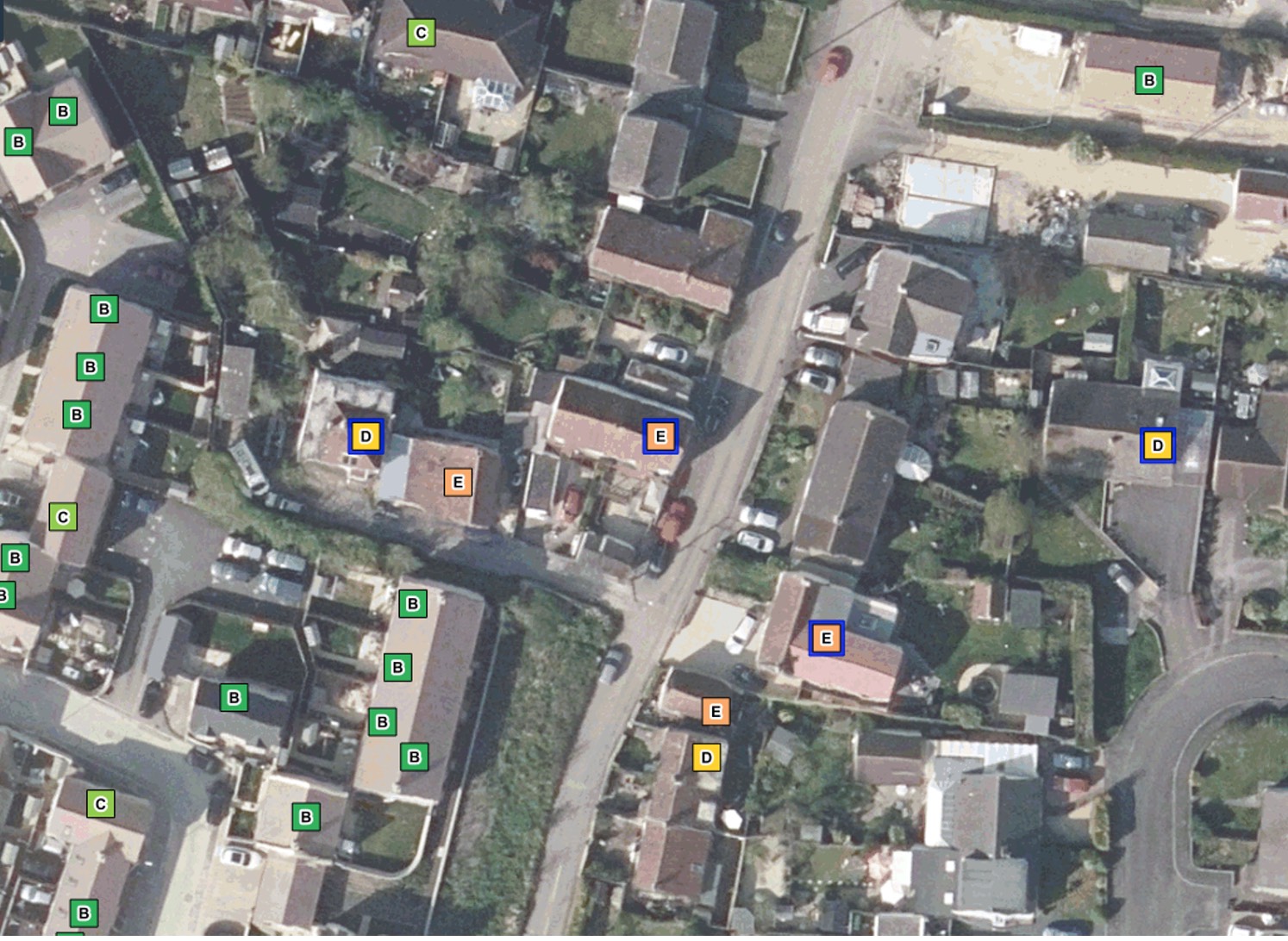News
Energy Performance Certificate Data
Author: Tristram Cary, chair of Geoxphere Ltd
NALC’s 2021 Paper “What Can Local Councils Do On Climate Change” clearly demonstrates that, although most councils want to take action, many feel that they can’t do so effectively for two main reasons. First, they lack the necessary skills and knowledge; and second, they lack the power to take effective action and influence higher-level decisions.
However, it is usually possible to find areas where a council can take effective action by breaking the challenge down into its component pieces. A useful first step is to look at the Centre for Sustainable Energy’s Impact data for your particular council. This is a free to download or it is available for every council in Parish Online. The Impact assessment estimates the council’s contribution to ‘territorial’ factors such as aviation, road transport and shipping, over which a parish council has little or no control. But the Impact assessment also estimates the residents’ contribution to ‘consumption’ factors such as heating, food and travel, over which the council has more control. And the Impact tool shows that heating is one of the biggest consumption factors for most councils.
The next question is how a council can best stimulate improvements (e.g. better insulation, double glazing and boiler efficiency). One useful approach is to analyse the Energy Performance Certificate (EPC) data for the whole council area, which is now freely available in Parish Online. There are EPCs for about 21 million homes and other buildings in Britain, each showing the Energy Efficiency rating of the building (from A (highly efficient) to F (highly inefficient)). But as well as the Energy Efficiency rating, each EPC contains a wealth of more detailed information which can help a council to build a climate action plan. These details include whether double glazing has been fitted, what sort of boiler is installed, the hot water energy efficiency (i.e. how much waste?) and hot water environmental efficiency (i.e. how green is the energy used?), loft insulation and floor description (e.g. solid with no insulation). In addition, the assessor recommends what action should be taken to raise the building to a C rating, how much this would cost and whether this is worth doing (on the basis that some homes are so fundamentally thermally inefficient that money would be better spent elsewhere).
It should be noted at this stage that there are some important limitations to the EPC data. However, provided these limitations are properly understood,then experience shows that the EPC data does provide a very good basis for a council to make an effective plan to reduce carbon emissions in this critical area. The main limitations in the EPC data are listed below, together with ways to overcome them:
- Only 21m homes out of a total of about 35m have been surveyed. The best way to deal with the limited coverage of the EPC data is to overlay the EPC scores (and other data) onto the Aerial Photography of Great Britain (APGB) in Parish Online. This has the advantage of showing how the data is clustered. For example, most of the houses of a particular type in a particular street are likely to have similar thermal characteristics. So, by inspecting the EPC data overlaid on the APGB photography, the council can infer that other houses of the same type are likely to have similar scores and potential. Thus, the council can make a prioritised map of which streets are likely to have the most potential for cost-effective action.
- The EPC data can be up to 10 years old and may be out of date (as actions taken by the owner since the EPC report will not be recorded). This limitation needs to be dealt with by a phased approach to the Climate Plan. Once the council has identified from step 1 above which streets are most likely to benefit from action, then the next step is for the council to contact a sample of the homeowners to see if the EPC data reflects the current position.
- It is likely that there will be quite a bit of variation between the judgements of different inspectors (for instance, about whether a house can be cost-effectively raised to a C rating). This limitation is unlikely to be a significant problem given that the objective is only to make a relative judgement about which areas stand to benefit the most from thermal efficiency investment. Any work carried out on a home will, in any case, be preceded by a detailed home survey by the company quoting for the work.

Fig 1: The current EPC ratings are colour coded. For ratings below C, a blue highlight indicates that there is a cost-effective route to achieve a rating of C or better (which you can see in the Inspector’s report by clicking on each home). Inspection of the photography allows you to make a first guess of the thermal efficiency of similar homes.
Although the EPC data only helps a council with one area of a climate plan, it does at least provide a way for a council to make a plan based on a real analysis of need.
To explore the EPC data with a 30-day free trial of Parish Online, go to www.parish-online.co.uk/signup. For any other questions or comments, please contact.

